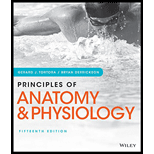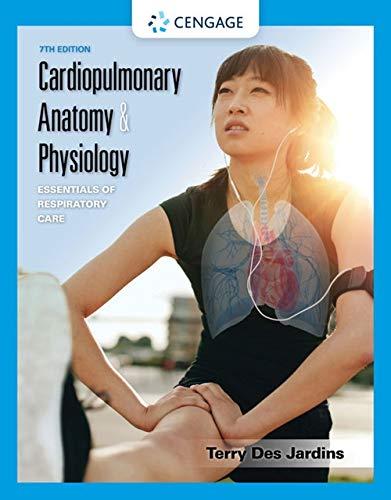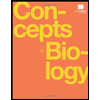
What body function might a respiratory therapist strive to improve? What structures are involved?
To review:
A respiratory therapist strive to improve which body functions and structures involved in these body functions.
Introduction:
Respiratory tract is the part of the respiratory system that is involved with the process of respiration. A respiratory therapist deals with treatment of patients suffering from respiratory disorders, such as asthma or emphysema, as well as emergency care to the patients who are victims of heart attack, drowning, stroke, or shock.
Explanation of Solution
A respiratory therapist deals with the respiratory system of the organism and closely monitors any abnormalities appearing in the respiratory system of the patient under observation. The structures involved include nasal passages, mouth, throat (airway management), larynx, pharynx, trachea, lungs, alveoli, bronchial tubes, and, to some extent, the heart. All these structures are part of the respiratory process. Respiratory therapists perform chest physiotherapy on patients to remove mucus from their lungs and make it easier for them to breathe.
A respiratory therapist strive to improve any abnormalities appearing in the physiology and anatomical structures involved in the respiratory system.
Want to see more full solutions like this?
Chapter 1 Solutions
Principles of Anatomy and Physiology
- Which is the order of airflow during inhalation? a. nasal cavity, trachea, larynx, bronchi, bronchioles, alveoli b. nasal cavity, larynx, trachea, bronchi, bronchioles, alveoli c. nasal cavity, larynx, trachea, bronchioles, bronchi, alveoli d. nasal cavity, trachea, larynx, bronchi, bronchioles, alveoliarrow_forwardThe respiratory components of the medulla consist of which of the following? Dorsal respiratory group Apneustic center Ventral respiratory group Pneumotaxic center 1 only 2 only 1 and 3 only 2 and 4 onlyarrow_forwardThe respiratory system_______. a. provides body tissues with oxygen b. provides body tissues with oxygen and carbon dioxide c. establishes how many breaths are taken per minute d. provides the body with carbon dioxidearrow_forward
- How does the function of the organs in the respiratory system relate to another experience of a student?arrow_forwardDescribe the role of the Respiratory Therapist in caring for the Obstructive Sleep Apnea Patient?arrow_forwardPlease write an introduction to 'the respiratory system' so that people can understand it easily and no complicated stuff.arrow_forward
- What are nursing goals for a patient with impaired gas exchange due to lung cancerarrow_forwardWhat is the respiratory system and its functionarrow_forwardIf a client has been prescribed multiple inhaled medications, how would you educate the client on the self-administration of these medications, and in what order should they be administered?arrow_forward
- your next patient is a 55 year old man who has experienced shortness of breath for the past 2 days. when you walk into the room you hear audible, labored breathing. write a general surveyarrow_forwardWhat is the H1N1 virus? What happens when someone has contracted the virus? Describe normal respiratory function and compare it to the respiratory function during infection with the virus? What can someone do to prevent contraction and the spread of the H1N1 virus?arrow_forwardWhat can be done to prevent respiratory and cardiovascular complications in a patient undergoing surgery? Particularly Below the Knee Amputation?arrow_forward
 Cardiopulmonary Anatomy & PhysiologyBiologyISBN:9781337794909Author:Des Jardins, Terry.Publisher:Cengage Learning,
Cardiopulmonary Anatomy & PhysiologyBiologyISBN:9781337794909Author:Des Jardins, Terry.Publisher:Cengage Learning, Concepts of BiologyBiologyISBN:9781938168116Author:Samantha Fowler, Rebecca Roush, James WisePublisher:OpenStax College
Concepts of BiologyBiologyISBN:9781938168116Author:Samantha Fowler, Rebecca Roush, James WisePublisher:OpenStax College


